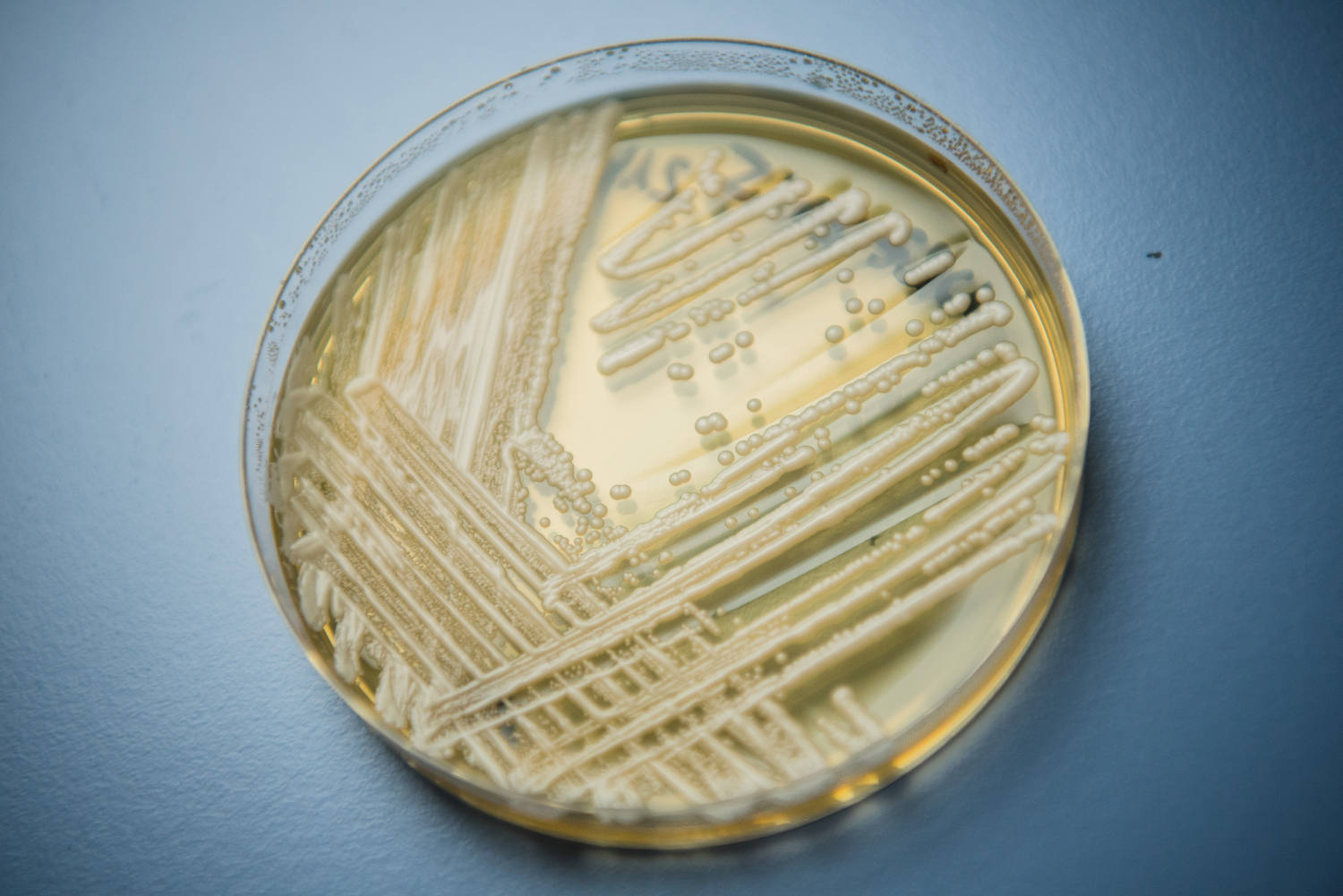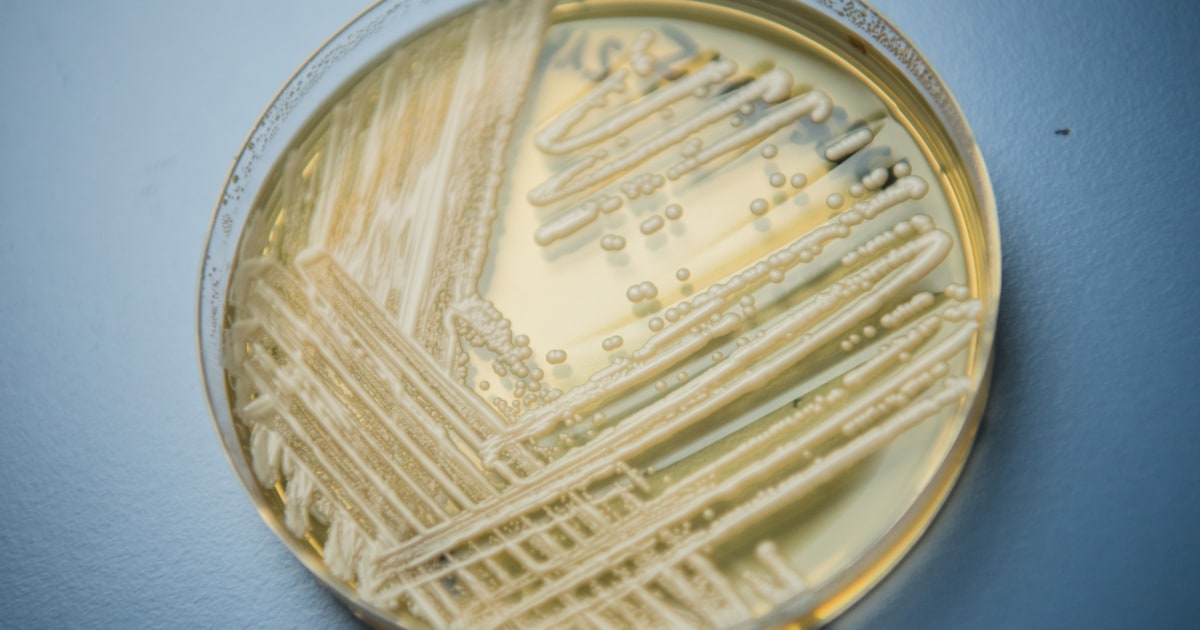
Four people in Washington state tested positive this month for a rare fungal infection that can be fatal.
This is the first known outbreak of the fungus, called Candida auris, in the state, according to Seattle and King County health officials, although a a locally acquired case was detected there in July.
This cluster occurs as Candida auris continues to spread in the United States: the number of cases has increased. increasing every year since 2016.
The pathogen is resistant to some common antifungal medications and tends to infect people with weakened immune systems. It is often detected in hospitalized patients who use catheters, breathing tubes, or feeding tubes.
The four people who tested positive in Washington were patients at Kindred Hospital Seattle First Hill, a long-term acute care hospital. None have died, the Seattle and King County Public Health Department told NBC News.
The Department announced Tuesday that he was informed of the first case on January 10. The patient had recently been admitted to Kindred Hospital and was tested for Candida auris as part of a routine screening program aimed at identifying infections before symptoms appear.
Two more cases were identified on Jan. 22, followed by a fourth on Friday, the department said. These three patients had tested negative for Candida auris upon admission, suggesting that they contracted the fungus in the hospital.
The Seattle and King County Health Department said a patient developed an infection, meaning the fungus entered a part of the body where it would be most likely to cause symptoms (such as the bloodstream , ears or an open wound).
The rest were colonized by Candida auris – a term used for situations in which people carry the fungus on their bodies and can transmit it to others without getting sick from it. People colonized with Candida auris are always at risk of developing infections.
Candida auris was first identified in Japan in 2009. The Centers for Disease Control and Prevention asked U.S. labs to report it in 2016, and a records review was subsequently conducted. identified cases dating from 2013.
Since reporting began, the largest increase occurred between 2020 and 2021, when the number of Candida auris cases increased by 94%.
As of December 2022, the fungus has been detected in 36 states. In total, the CDC recorded more than 5,600 Candida auris infections between 2013 and 2022, while more than 13,000 others identified during screenings showed no signs of infection.
The CDC attributes of Candida auris increase to increased screening and poor infection control and prevention practices in healthcare settings – a challenge likely compounded by understaffing and long patient stays during the Covid pandemic.
“It will certainly touch every corner of the country,” said Dr. Peter Pappas, a professor of medicine at the University of Alabama at Birmingham. “The question will be, how much can we control it?
Around 90% of Candida auris strains in the United States are resistant to drugs most commonly used to treat other fungal infections. Most strains of Candida auris can be treated with drugs from one of three main antifungal drug classes, but some are resistant to all three.
According to the Seattle and King County Health Department, the first case in Washington involved a Pierce County resident who was admitted to a hospital there and then transferred to Kindred Hospital in Seattle First Hill.
ScionHealth, owner of Kindred Hospital, did not provide comment in time for publication.
Kinship is the only facility in Washington that tests all new admitted patients for Candida auris – part of a state-led program launching in 2022. Testing involves swabbing the armpits and groin, which are fatty areas of the skin that the fungus likes to colonize.
“This is the first time that we have been able to identify multiple cases in the same setting through the screening program. But it is difficult to say to what extent C. auris is circulating,” said Sharon Bogan, spokesperson for the Seattle and King. County Health Department.
Pappas said the four cases could be a sign that C. auris is spreading more widely in the Seattle area.
“By the time you get to the hospital, you know he’s been in the community for a while,” he said. “We just don’t know how long it would last.”
Pappas added that most of the time, it’s easy to distinguish an infection from colonization, although there are “gray areas.”
“Those who suffer from invasive infections have infections that simply need to be treated. Otherwise, the consequences could be quite dramatic,” he said.
THE mortality rate The rate of serious Candida auris infection in the United States is 30 to 60 percent, but healthy people generally do not become infected.
Dr. Arturo Casadevall, chair of molecular microbiology and immunology at the Johns Hopkins Bloomberg School of Public Health, said people should actually be reassured when they hear about new cases detected through active surveillance in their state.
“In a way, it’s disheartening to know that it’s there. But can you imagine if you didn’t have surveillance? he said.
He added that “most people shouldn’t have to worry about getting it just because it’s in the community.”
People can contract Candida auris through direct contact with someone who has the fungus or by touching surfaces or objects that have been contaminated with it. Studies to have watch that the fungus can live on surfaces for at least two weeks.
“Once this stuff gets into the hospital, it’s hard to get out,” Casadevall said.

